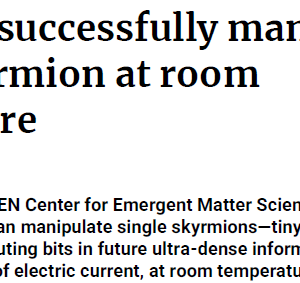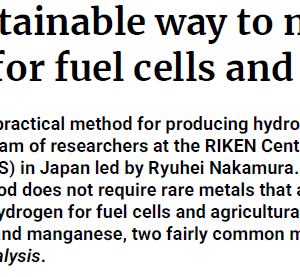
The Nanoscale Mechanisms of Zircaloy-4 Corrosion in Simulated Nuclear Reactor Conditions
₩4,000
Worldwide, zirconium alloys have long been utilised for fuel cladding elements and other structural components within several commercial designs of nuclear reactor owing to their high creep resistance, superior corrosion resistance in highly aggressive environments, and low cross section for neutron absorption. The purpose of this cladding material is to separate the uranium dioxide (UO2) fuel and the coolant water in order to prevent the escape of fission products, whilst also maintaining heat transfer to the coolant. Consequently, water corrosion of the fuel containments has become a key factor in the limitation of the lifetime of fuel rods within nuclear reactors, and maintaining containment integrity under corrosion is critical to ensuring safe operation and preventing accidental release of radionuclides into the cooling water. Therefore, developing an understanding of the mechanisms which govern the corrosion of zirconium-based alloys is vital, and is the motivation behind this study. The analysis of the corrosion of an unirradiated zirconium based alloy – Zircaloy-4 – is performed in a three-fold manner in this thesis. Firstly, an investigation of the metal:oxide interface is carried out, the results of which are set out in Chapter 4 of this thesis. Providing a clear understanding of the nanoscale structure and chemistry of this interface, alongside a thorough investigation of the morphology of any suboxide phases generated during the process of corrosion is fundamental to understanding the overall corrosion of this alloy. Secondly, systematic analysis of the corrosion and incorporation of SPPs into the oxide layer is performed in Chapter 5 of this thesis, in order to help inform the role of SPPs on the corrosion process for both autoclave, and more importantly, on irradiated oxides. In addition, spatially resolved chemical mapping, and correlation to the crystallographic structure provides an understanding not previously shown in the literature on the complex corrosion that takes place. Finally, Chapter 6 presents findings from studying oxygen content through the oxide scale, performed in order to quantitatively elucidate the details of the oxygen content from the outer porous oxide, through the stoichiometric ZrO2, and into any metastable suboxide layers present. This analysis highlights the significance of understanding such microstructural behaviour, in order to interpret the overall macro structural corrosion behaviour of zirconium alloys.





상품평
아직 상품평이 없습니다.